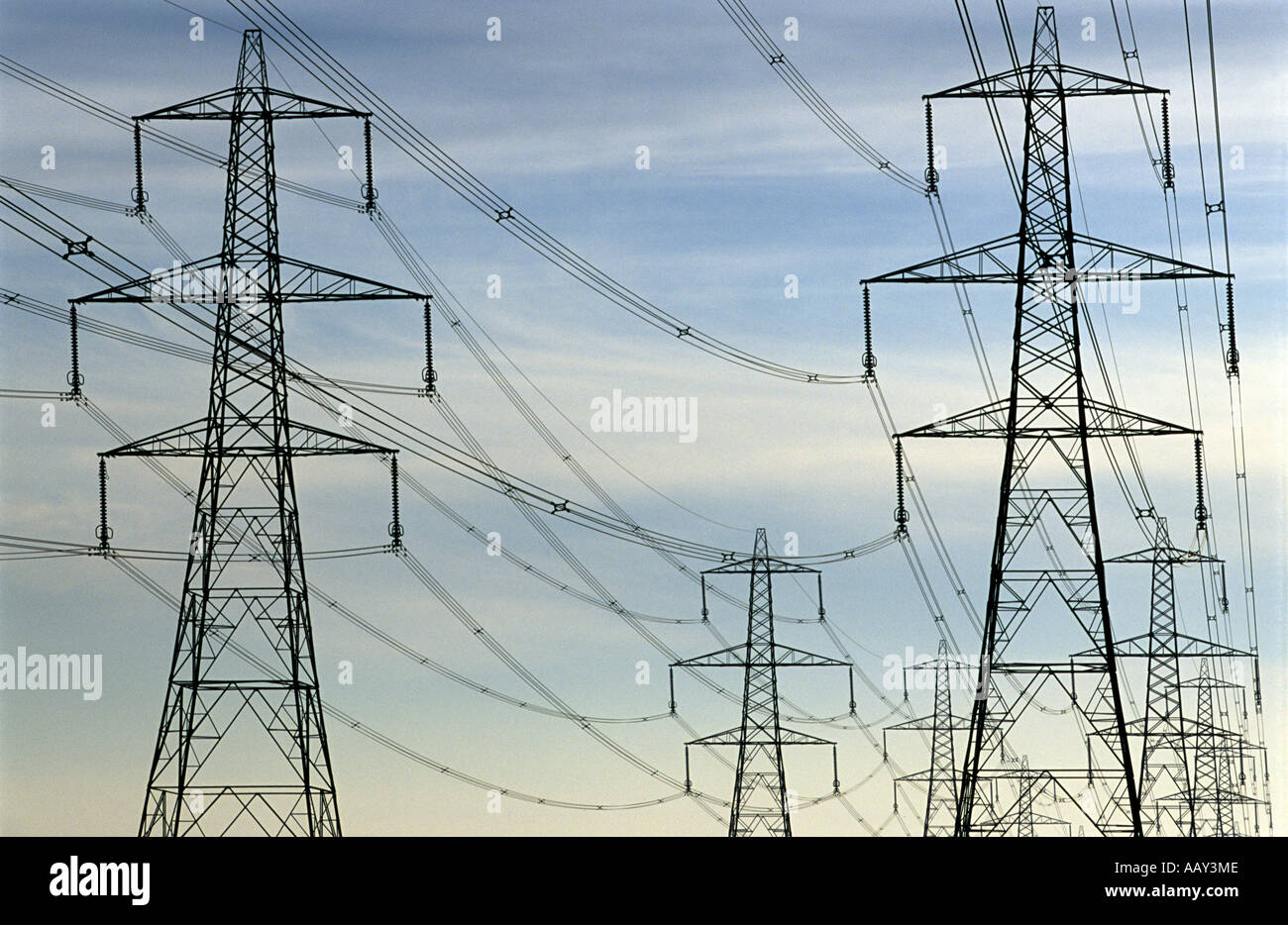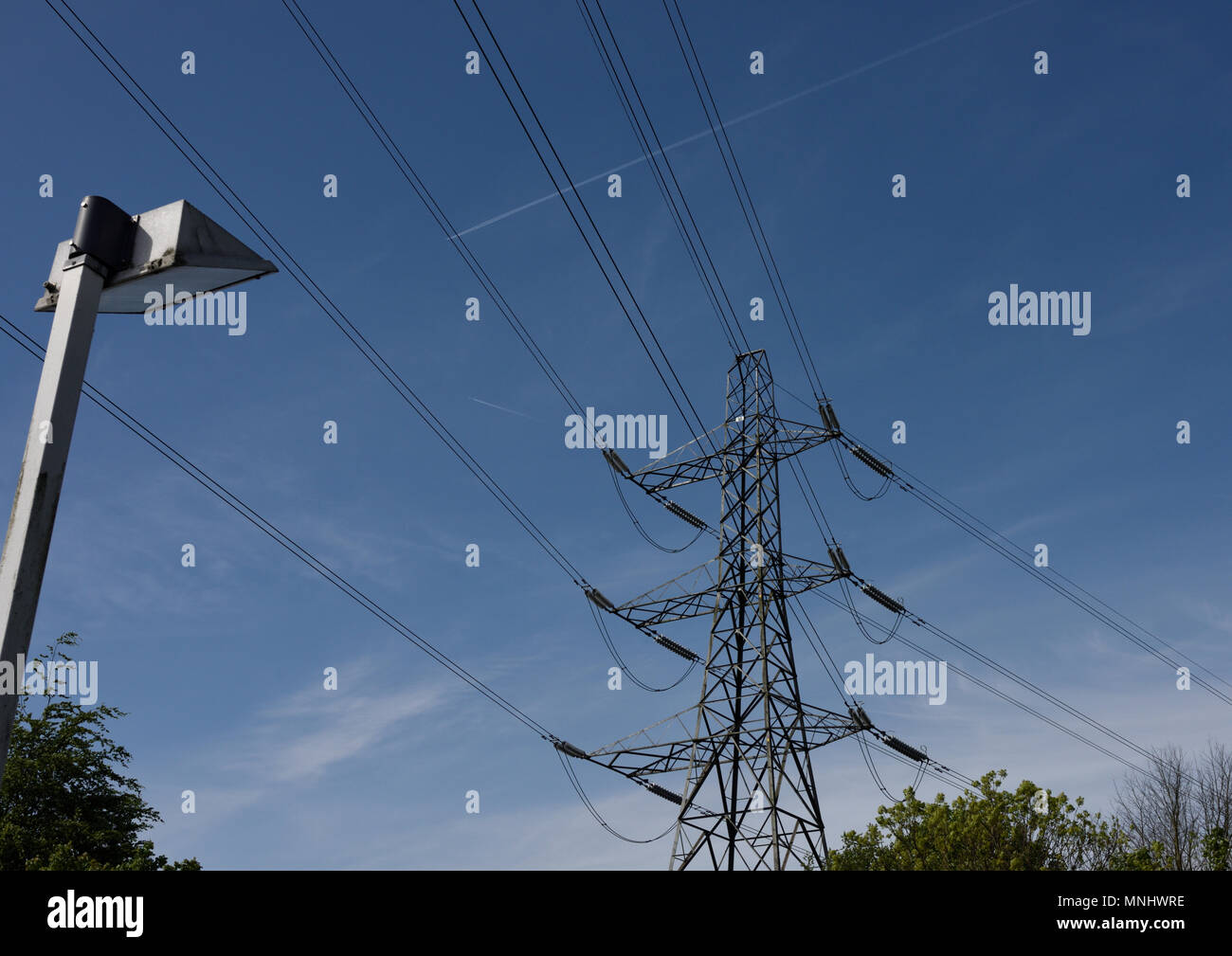When you plan a trip or consider moving to a new place, there are quite a few things that come to mind, like what sights you might see or where you will stay, but one practical detail that often pops up, especially if you are bringing along your gadgets, is how you will keep them charged and ready to go. The United Kingdom, a collection of historic countries like England, Wales, and Scotland, along with Northern Ireland, nestled off the northwestern coast of mainland Europe, has its own particular way of handling electricity that visitors and new residents often wonder about, too.
It is a country with a rich history and a rather distinct setup for its electrical supply, something that makes it a little different from many other places around the globe, you know. Knowing a bit about the electrical system here can certainly make your visit or move much smoother, preventing any unexpected surprises when you try to plug in your phone or hairdryer, as a matter of fact.
This information is really quite helpful for anyone coming to this part of the world, whether you are here to explore its famous landmarks, visit family, or even just for a short stay, because having the right tools for your electronics means you can stay connected and comfortable throughout your time here, actually.
- Dagen Mcdowell Biography
- Did Trey Gowdy Have A Nose Job
- Lars Ultich
- Michael Schoeffling Actor
- Lars Ulruch
Table of Contents
- What's the UK's Electrical Standard?
- Getting to Grips with UK Power Voltage
- Why is UK Power Voltage Different?
- A Look at UK Power Voltage History
- What Kind of Plug Does the UK Use?
- The UK Power Voltage Socket Style
- How Can You Adapt to UK Power Voltage?
- Staying Safe with UK Power Voltage
What's the UK's Electrical Standard?
When you are thinking about bringing your electrical items to the United Kingdom, which is an independent country encompassing all of Great Britain and the northern part of the island of Ireland, one of the first things you might want to consider is the kind of electrical current that is used here, so. It is a very common question for anyone who has not spent much time in this part of northwestern Europe before, as electrical systems can vary quite a bit from one nation to another, you know.
The system here operates on a particular set of numbers that are pretty much standard across the country, basically. These numbers tell you how much push the electricity has and how often it changes direction, you see. Knowing these numbers is pretty important because it helps you figure out if your devices will work without any trouble or if you will need something extra to make them compatible, sort of.
It is a good idea to get a handle on these details before you even pack your bags, as a matter of fact. This way, you can avoid any frustration when you arrive and try to charge your phone or use a hair styling tool, you know. Planning ahead for these small but important things can really make your visit much more pleasant, right?
- Can I Use Chalk Markers On Dry Erase Board
- How Many Times Emily Compagno Been Married
- Asa Maynor Net Worth
- Adam Schiff Married
- Laverne Cox
Getting to Grips with UK Power Voltage
The electrical supply in the United Kingdom, which is commonly known as the UK, operates at a particular level of electrical pressure, and this is what we call voltage, so. This pressure is pretty consistent across homes and businesses throughout the whole of the island of Great Britain, which contains England, Wales, and Scotland, as well as the northern portion of the island of Ireland, you know.
The number you will often hear mentioned when talking about UK power voltage is 230 volts, basically. This is the amount of electrical force that pushes the current through the wires and into your appliances, you see. It is a figure that has been the standard for quite some time now, and it is what all electrical items sold in the UK are designed to work with, as a matter of fact.
Alongside the voltage, there is another number that matters, and that is the frequency, which tells you how many times the electrical current cycles per second, you know. In the UK, this rate is 50 Hertz, so. Both the 230 volts and the 50 Hertz work together to create the specific electrical environment that your devices will encounter when you plug them in here, you know, sort of.
It is a system that has been put in place to ensure that all the electrical gadgets and tools we use every day can operate safely and as they should, you see. So, when you are thinking about the electrical current in the UK, just remember those two figures: 230 volts and 50 Hertz, as a matter of fact. They are the key to making sure your electronics are happy here, right?
Why is UK Power Voltage Different?
You might find yourself wondering why the electrical setup in the United Kingdom seems a little different from what you are used to back home, especially if you come from a place where the voltage is, say, around 110 or 120 volts, you know. This difference in electrical standards is actually a pretty interesting story, and it has a lot to do with history and the way things developed over time, basically.
Back in the early days, when electricity was just becoming a thing that people used in their homes and for lighting up streets, different parts of the world, and even different cities within countries, often set up their own ways of doing things, so. There was not a single, worldwide agreement on how electricity should be delivered, you see.
This meant that various nations and regions made their own choices about what voltage and frequency would work best for their needs at the time, you know. These choices were often based on the technologies available then, the types of equipment being made, and even how far electricity needed to travel from its source, as a matter of fact.
So, the current electrical standard in the UK is a result of those early decisions and the gradual adoption of a unified system across the country, which is a state made up of the historic countries of England, Wales, and Scotland, as well as Northern Ireland, you see. It is a bit like how different countries drive on different sides of the road; it is just how things evolved here, sort of.
A Look at UK Power Voltage History
The story of UK power voltage goes back quite a way, to the very beginnings of widespread electrical use, you know. In those early times, there was not a single, agreed-upon standard for how electricity should be delivered to homes and businesses, so. This meant that different areas might have used different voltage levels, which could be a bit confusing, you see.
Over time, as the country developed its electrical grid, there was a move towards making things more consistent, basically. The idea was to have one standard that everyone could use, which would make it easier to manufacture and use electrical items across the whole of Great Britain and Northern Ireland, you know. This push for consistency led to the adoption of the 230-volt standard that we see today, as a matter of fact.
It was a gradual shift, and it involved a lot of planning and effort to get everyone on the same page, you see. This process helped to ensure that the electrical system was not only reliable but also safe for everyone who used it, which is pretty important, you know. The decision to settle on 230 volts was influenced by a mix of technical reasons and practical considerations at the time, sort of.
So, the UK power voltage we experience now is a product of this long history, a journey from many different local systems to one unified approach for the entire nation, which is known as the home of both modern parliamentary practices, as a matter of fact. It shows how even something as simple as plugging in a device has a story behind it, you know.
What Kind of Plug Does the UK Use?
Beyond the voltage itself, another very practical thing to consider when you are visiting or moving to the United Kingdom is the shape of the plugs and the wall sockets, so. It is one of those small details that can really make a difference to your daily life here, as you will need to connect your devices to the power source, you know.
The UK has a very distinctive plug and socket design that is quite different from many other places around the world, basically. If you have traveled to other countries, you might have seen plugs with two round pins or two flat parallel pins, but the ones here have a rather unique look, you see.
This particular design is known for being very sturdy and for having a built-in safety feature, which is pretty important, you know. It is a design that has been around for a long time and is widely recognized by anyone who lives in or visits this part of northwestern Europe, as a matter of fact.
So, knowing about this specific plug type is just as important as knowing the voltage, because even if your device can handle the 230 volts, it will not be able to connect to the wall if the plug does not fit, sort of. It is a key piece of information for anyone planning to use their electrical items here, right?
The UK Power Voltage Socket Style
The specific type of electrical connection used for UK power voltage is called a Type G plug, you know. This plug has three rectangular pins, and they are arranged in a triangular pattern, so. One of the pins, the top one, is a bit longer and thicker than the other two, and it is the grounding pin, which is a safety feature, you see.
The two lower pins are for the live and neutral connections, basically. This design is pretty robust and is known for being quite safe, as a matter of fact. The longer grounding pin actually opens up the shutters on the live and neutral holes in the wall socket, which means you cannot easily stick something into just one of the holes and get a shock, you know.
The wall sockets themselves are designed to match these plugs perfectly, you see. They have three rectangular openings that line up with the pins on the Type G plug, sort of. You will find these sockets in homes, hotels, and businesses all across the United Kingdom, which occupies a significant portion of the British Isles, located off the northwestern coast of mainland Europe, you know.
It is a system that works very well for the electrical needs of the country, and it provides a secure connection for all your devices, as a matter of fact. So, when you are getting ready for your trip, remember to look for adapters that are made for this specific Type G plug, right?
How Can You Adapt to UK Power Voltage?
If you are coming to the United Kingdom from a place with a different electrical system, you might be wondering how you can still use your own devices without any problems, you know. The good news is that there are some pretty straightforward ways to make your electronics work with the UK power voltage, so. It is not something that should cause you much worry, basically.
The most common approach for many people is to use a travel adapter, you see. This is a small device that does not change the voltage itself, but it changes the shape of your plug so that it can fit into the wall sockets here, as a matter of fact. These adapters are pretty easy to find, and you can often get them at airports, electronics shops, or even online before you travel, you know.
However, it is very important to check your device itself, too. Many modern electronics, like laptops, phone chargers, and camera chargers, are designed to work with a range of voltages, sometimes from 100 to 240 volts, you know. If your device says "Input: 100-240V" on its power adapter, then you only need a plug adapter, because it can handle the UK power voltage just fine, sort of.
If your device is only made for a lower voltage, say 110 volts, then you will need more than just a plug adapter, you see. In that case, you might need a voltage converter or a transformer, which actually changes the electrical pressure to match what your device needs, as a matter of fact. It is a good idea to check this detail on all your electrical items before you pack them, right?
Staying Safe with UK Power Voltage
When you are dealing with electricity, safety is always a very important thing to keep in mind, you know. This is especially true when you are using electrical items from another country with the UK power voltage, so. Taking a few simple precautions can help you avoid any issues and keep yourself and your belongings safe, basically.
First off, always make sure that any travel adapters or voltage converters you use are of good quality and from a reputable source, you see. Cheap or poorly made adapters can sometimes be a risk, as a matter of fact. It is worth spending a little extra to get something reliable, you know.
Also, pay close attention to the labels on your electrical devices, too. As mentioned, if a device is only rated for a lower voltage, like 110 volts, and you plug it directly into a 230-volt UK socket without a proper voltage converter, it could get damaged, or worse, it could become a fire hazard, sort of. This is a pretty common mistake, so be careful, you know.
Try to avoid overloading sockets, as well, as a matter of fact. Plugging too many items into one extension cord or adapter can put a strain on the electrical system and create a risk, you see. It is always better to spread out your electrical usage if you can, right?
If you notice any strange smells, sounds, or sparks coming from an electrical item or a socket, unplug it immediately and do not use it, you know. It is always better to be cautious when it comes to electricity, so. By keeping these simple safety tips in mind, you can enjoy your time in the UK without any electrical worries, basically.
Related Resources:



Detail Author:
- Name : Elfrieda Terry MD
- Username : bcrist
- Email : crussel@gmail.com
- Birthdate : 1971-05-24
- Address : 75608 Lolita Pines East Sonnymouth, WA 15643
- Phone : +1-479-945-6388
- Company : Muller, Ruecker and Bergnaum
- Job : Distribution Manager
- Bio : Dolorum eius recusandae illum ad laborum iusto non. Quo enim non modi libero temporibus unde est. Ut temporibus cupiditate est. Omnis explicabo exercitationem sit pariatur.
Socials
instagram:
- url : https://instagram.com/elaina8749
- username : elaina8749
- bio : Mollitia nisi aperiam corrupti minus aut. Provident voluptatum quam quasi quis.
- followers : 3101
- following : 2833
twitter:
- url : https://twitter.com/huele
- username : huele
- bio : Maxime aperiam rerum veritatis magnam ut laborum aliquid. Tempora voluptatem enim magnam perferendis. Sit autem et facilis consequatur.
- followers : 5964
- following : 102
linkedin:
- url : https://linkedin.com/in/elaina.huel
- username : elaina.huel
- bio : Commodi qui aut reiciendis.
- followers : 6065
- following : 341
facebook:
- url : https://facebook.com/ehuel
- username : ehuel
- bio : Dolore commodi sint deserunt cumque nostrum beatae.
- followers : 1164
- following : 2625
tiktok:
- url : https://tiktok.com/@ehuel
- username : ehuel
- bio : Repellat perferendis vel consequatur impedit.
- followers : 5500
- following : 1847